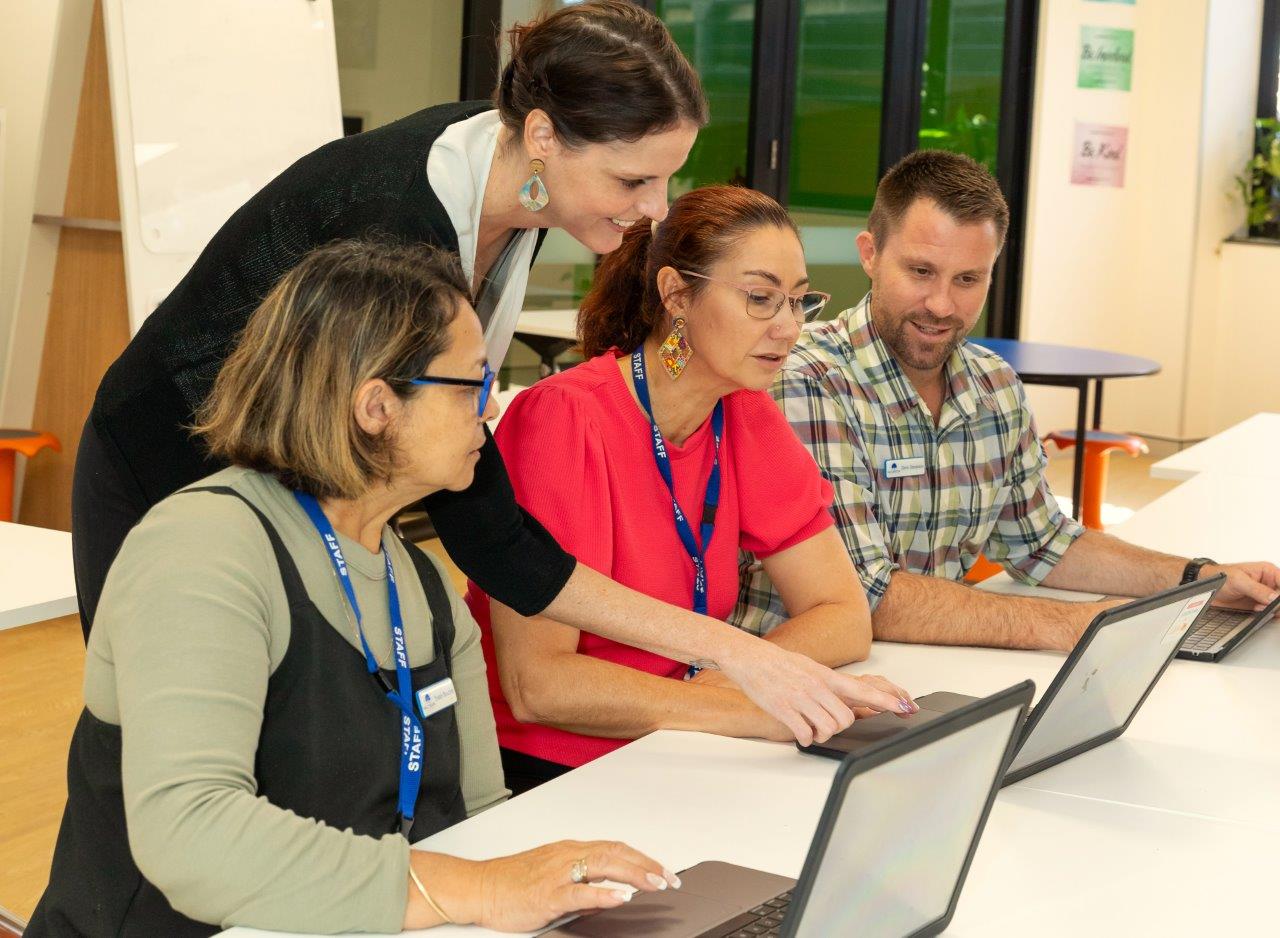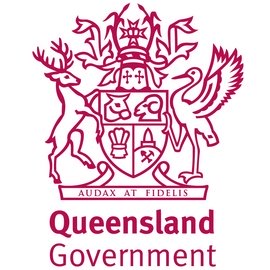For students, it can help to synthesise complex ideas, create personalised content, and provide targeted and instantaneous feedback, while for teachers AI can streamline administrative responsibilities and save time on everyday tasks.
From grading assignments to managing schedules and assistance with messaging students and parents, AI automation can handle tasks which helps free up educators to focus on teaching and engaging with their students.
At Hillbrook Anglican School in Enoggera, a northern suburb of Brisbane, Miriam Scott has been the school’s Head of Digital Education for seven years.
Having arrived at the school in 2015 as an elearning coordinator, and two years later assuming her current role, Scott soon began developing what she called the Digital Access Pass (or DAP) for the school’s 900 students and 140 staff.
DAP is a resource influenced by student input and designed to connect students with the knowledge and ethical mindset to approach generative AI with integrity and safety.
“It’s our digital education program, which incorporates 25 courses that have been written by me to help with anything to do with cyber safety, password control, screen time awareness, what to watch out for, phishing scams, those sorts of things,” Scott tells EducationHQ.
“So as the students move through the school, from Year 7 to 12, those courses are drip-released to them.
“We’ve built it so that it can manage itself, and the more a student engages in the courses, the more access to their online devices and online environments they get, so they’re enticed to take control of their own learning.”
Scott says that because there was already that foundation at the school and common language in use around technology being invitation only, the school was well set last year when the generative AI “glitter bomb”, as she calls it, hit the world.
“It really made it a lot easier for us, because we already had the foundation set, and the students knew about making ethical choices online,” she says.
“And so we were just able to build off what we were already teaching them, and that’s one of the reasons, I think, that we had a bit of an easier time with it than a lot of other schools.”
Indeed, far more than simply being better prepared for generative AI, Hillbrook embraces it wholeheartedly and uses the emerging tech as a platform for innovation across the school.
Many in education – be it in the staffroom or at conferences or on social media – see Generative AI as potentially providing assistance with lesson plans or with resource development or marking and assessment, however Scott says while the technology can do that, it is not going to do those tasks better than teachers.
These are areas where teachers use their creativity and professional expertise, she says.

Scott has led the development of the school’s Digital Access Pass, a resource influenced by student input, designed to connect and provide students with the knowledge and ethical mindset to approach generative AI with integrity and safety.
“What I like to say is that generative AI actually helps with all the other aspects of our administration and our role, to allow us to have more time to do those, and better support student learning, rather than saying ‘here, you can design this whole lesson’, which obviously, it can do, but it takes a lot of time to actually get something of quality [using generative AI]."
Scott says the tech can be far better used, for example, to help form a response to someone, perhaps to help tidy up feedback or help with emails and so on.
“It can help with your day to day things, which is something that teachers are really struggling with,” she says.
“And while technology is great, it also means that we’re accessible to parents and students and other teachers, almost 24/7, which is one of the reasons that teaching is becoming an overworked profession.
“So generative AI can help in that instance, and I think when teachers see that they go, ‘Oh, yeah, OK, that makes sense.”
Hillbrook teachers have formed an action research team focused on generative AI, comprising expertise from various subject areas, in which they’ve explored different approaches, including adjustments to assessment and curriculum and providing input into the school’s strategic direction.
As in all schools, ethical considerations are a top priority, and so no identifiable information is provided to generative AI tools, however perhaps a little differently to many schools, students and teachers at Hillbrook are collaborating to negotiate their way through any hurdles and fears, and in the process forging relationships built on trust and communication.
“So the DAP was actually built with a student team,” Scott says, proudly.
“One of the ways we activate student voice here is to have the students come along to our committees, and actually help inform decisions.
“I’m a big believer that if you’re going to do anything that impacts the students, you should probably involve them in the process – because as adults, if anyone’s going to do something that involves us, we like to be involved in the process."
Scott sees it has hugely beneficial for students and teachers to be able to have those conversations and that open dialogue, and for them to see what each other is doing.
“So it’s good for the students to be able to hear what the worries are from the teachers, and it’s good for the teachers to see what the students are actually doing.
“Because most of the time, it’s very easy to jump to the high negative, but when you actually see what they’re doing and how they’re using it … it sort of demystifies it a little bit, which is good.”
The school has provided a series of lessons to students addressing expectations about the ethical use of generative AI, including this one for Year 12 students.
Communication with parents regarding things like ChatGP has also been a high priority, and so early last year, Scott created a course for staff, which she also directed parents to.
“So every time we’ve updated our policies, or adapted our policies, or added to our policies with anything to do with generative AI, or strengthened our assessment policy with plagiarism, language, etc, we’ve sent out a notification not only to students, but to parents just to keep everybody in the same loop,” she explains.
Not surprisingly, Scott’s teacher collaboration and support is not restricted solely to her own school, but stretches across a wider network of schools, driving innovation in digital education in the state’s independent school sector.
Last year she ‘put the word out’ to schools to gauge their interest in meeting and working together and sharing information. The response blew her away.
“We’ve actually decided to formalise the network, we’re called the Queensland Schools Network for Emerging Technologies, or QueenslandSNET, we’ve met a few times now,” Scott says.
More than 30 independent schools now comprise the network, it’s cross-denominational, all Queensland secondary schools are welcome, and its mission is not only about sharing practice with each other, but also to develop resources and communication with schools that don’t have the advantage of having someone of Scott’s expertise within them.
“Being able to reach beyond our schools and our walled garden is actually pretty exciting,” she says.
On July 12 this year, QLDSNET will be hosting a conference at the Brisbane Convention & Exhibition Centre tailored specifically to explore how generative AI is being harnessed across secondary schools.
“I can’t help but think how amazing it would have been if we’d had this network before [the pandemic and] remote learning,” Scott laments.
“…because what that would have done is given us all a way to not just create the same thing in our own silos, but instead be able to build and draw off each other’s knowledge and expertise that would have made our lives a lot easier.
“Generative AI is just another trigger for what’s going on now – and so for what comes next, we will have this network in place to be able to help support each other, which is good.”















